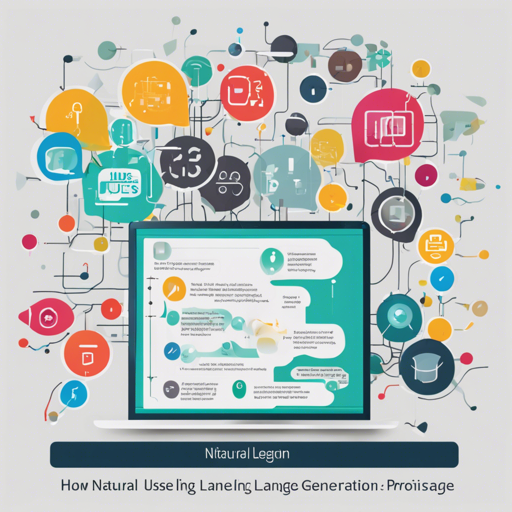SimpleNLG is an innovative Java API that serves as a powerful tool for generating natural language text. Developed by Ehud Reiter from the University of Aberdeen, it provides the foundational building blocks for a variety of natural language generation (NLG) applications. In this blog, we will guide you through the steps to get started with SimpleNLG, how to implement it, and some troubleshooting tips to enhance your experience.
Getting Started with SimpleNLG
Before diving into using SimpleNLG, you must set it up correctly. The simplest method to add SimpleNLG to your project is by including it as a dependency in your Maven pom.xml file:
uk.ac.abdn
SimpleNLG
4.5.0
This snippet tells Maven to fetch the SimpleNLG library for your project, enabling you to create dynamic text generation functionalities.
Understanding SimpleNLG’s Functionality
Think of SimpleNLG as a classic recipe book. It has a list of ingredients (the lexicon) and a chef (the realisation engine) who combines these ingredients to produce delicious dishes (natural language sentences). Here’s how the components work together:
- Lexicon and Morphology: Just like how a cook needs a variety of spices, SimpleNLG comes with a default lexicon that covers various inflected forms. If you want to spice it up further, you can use the NIH Specialist Lexicon for enhanced coverage.
- Realiser: The chef takes the list of ingredients and prepares the meal. Similarly, the realiser transforms structured data into grammatically correct text.
- Microplanning: This feature currently focuses on simple aggregation, which needs time to evolve, much like refining cooking techniques over numerous trials.
Utilizing SimpleNLG
For detailed usage, refer to the comprehensive SimpleNLG tutorial and the API documentation. These resources provide excellent insights into getting the most out of SimpleNLG.
Troubleshooting
Even with an easy-to-use interface, you might encounter some hiccups along the way. Here are a few troubleshooting ideas:
- Check your Maven configuration: Ensure that the SimpleNLG dependency is correctly added to your
pom.xml. - Explore the SimpleNLG discussion list for common issues and solutions provided by the community.
- If you are still stuck, consider reaching out directly to Professor Ehud Reiter via email at ehud.reiter@arria.com.
For more insights, updates, or to collaborate on AI development projects, stay connected with fxis.ai.
Final Thoughts
SimpleNLG offers a robust set of tools for anyone interested in natural language generation. By understanding its features and following the steps outlined above, you can successfully implement it into your projects.
At fxis.ai, we believe that such advancements are crucial for the future of AI, as they enable more comprehensive and effective solutions. Our team is continually exploring new methodologies to push the envelope in artificial intelligence, ensuring that our clients benefit from the latest technological innovations.

